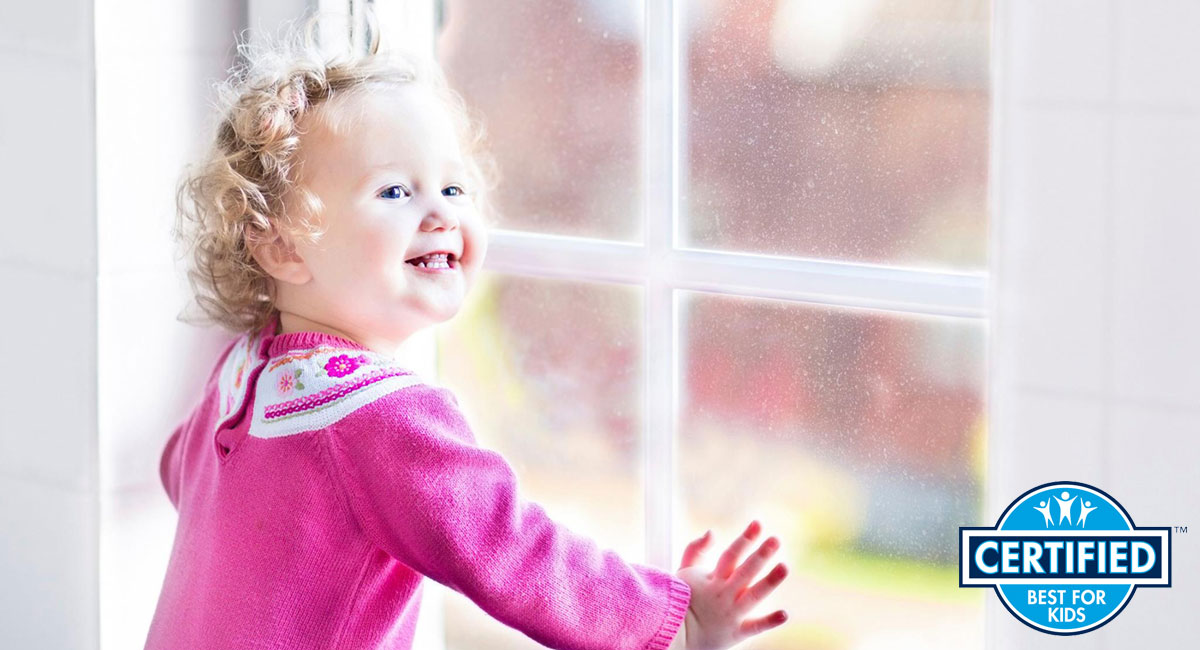Window covering manufacturers association announces new safety standard
Apr 20, 2022
Window Covering Manufacturers Association Announces Historic New Window Covering Safety Standard
New York, NY (January 12, 2018) – The Window Covering Manufacturers Association (WCMA) announced today the approval of a new window covering safety standard by the American National Standards Institute (ANSI) that will require a vast majority of window covering products sold in the United States and Canada to be cordless or have inaccessible or short cords. The new safety standard, ANSI/WCMA A100.1-2018, strengthens window-covering safety by requiring that all stock products sold in stores and online—which account for more than 80 percent of all window covering products sold in the U.S. and Canada—to be cordless or have inaccessible cords.
READ MORE ABOUT THE NEW STANDARD
WCMA previously announced that the compliance date for the new standard would be one year after ANSI approval, which would be January 9, 2019. However, at the request of CPSC Chairman, Ann Marie Buerkle, who asked WCMA to move up the compliance date, WCMA is advising all companies selling window covering products in the U.S. and Canada that the compliance date of the new standard is December 15, 2018, although many companies will likely begin introducing new products based on the new standard earlier in the year.
“The revised safety standard segments the market between stock and custom-made products because U.S. Consumer Product Safety Commission (CPSC) incident data shows that requiring stock products to be cordless or have inaccessible cords would have the most significant and immediate impact on reducing the strangulation risk to young children from certain window covering cords,” said WCMA Executive Director, Ralph Vasami.
Corded window coverings will only be available on custom-order products, as corded products are still needed by a wide range of consumers, including the elderly and those with disabilities, those short in stature, and those with windows in hard-to-reach locations. The revised standard imposes new restrictions on these custom-order products such as requiring operating cords to have a default length of 40% of the blind height [currently it is unlimited] and a default to a tilt wand instead of a tilt cord. The new safety standard also includes a change in warning tags to more graphically depict the strangulation hazard.
Many custom-order window coverings are also now available with cordless operating systems or have inaccessible cords. It is therefore likely that more than 90 percent of products sold in the U.S. and Canada will be cordless or have inaccessible cords once compliance with the new safety standard is in place.
“All companies who manufacture, distribute, or sell window coverings in the U.S. must comply with the voluntary safety standard or face enforcement action by the CPSC and/or be open to legal action if non-compliant products are sold,” said Vasami. “‘Voluntary’ simply signifies that industry worked cooperatively with the CPSC, safety experts, and others under the auspices of ANSI to develop the standard.”
The revised standard was updated in strict accordance with the internationally-respected American National Standards Institute (ANSI) process. ANSI requirements mandate an open and balanced process with public review opportunities. The 18 month process required assembling a consensus body (the canvass group), submitting the draft standard to the canvass group for ballot and comment, addressing the comments received, re-balloting, a public review period and then finally achieving approval of the standard.
“I congratulate WCMA member companies, CPSC officials, safety advocates, retailers and all stakeholders who devoted an incredible amount of time and effort over the past 18 months to develop the most significant revision to the window covering safety standard since 1996,” continued Vasami. “The new safety standard is a direct result of ongoing industry innovation, technological advances and new product development. However, our work is not done. WCMA is creating a task force this month to study what else can be done to further enhance safety on corded custom products.”
Vasami concluded, “I am hopeful that the Government of Canada will align Canadian window covering regulations with the new U.S. standard. A harmonized standard will result in further reductions in strangulation risks and decrease the possibility of confusion in the Canadian market.”
Consumers today can look for the “Best for Kids” certification label to identify cordless window covering options. WCMA created the “Best for Kids” certification program in 2015 to make it easier for consumers shopping for window coverings to identify cordless products.
###
About WCMA
Organized in the 1950s as the Venetian Blind Council, the Window Covering Manufacturers Association (WCMA) represents the interests of the window covering industry manufacturers, fabricators and assemblers. Industry products include blinds, shades, shutters, curtains, curtain rods, drapes, drapery hardware and other window treatments. Visit us on the web at www.wcmanet.org
Frequently Asked Questions On The New Window Covering Safety Standard
What does the new standard do?
The new safety standard will ensure that a vast majority of window covering products sold in the United States and Canada will be cordless or have inaccessible or short cords by requiring that all stock products (items sold in stores and online)—which account for more than 80 percent of all window covering products sold in the U.S. and Canada — to be cordless or have inaccessible cords. This approach is supported by a review of the hazard data that shows that a vast majority of incidents related to corded window coverings identified by the U.S. Consumer Product Safety Commission (CPSC) take place on stock products.
What is a stock product?
Most window covering products sold to consumers in retail stores or online are “stock” products, meaning that the products are completely or substantially fabricated in advance of being distributed in commerce. The product can either be sold “as is” or modified or adjusted by the seller, manufacturer, or distributor prior to being distributed in commerce in the U.S. and it would still be considered a stock blind, shade or shading product.
What is a custom product?
A custom product is any window covering that is not classified as a stock window covering, i.e., a “ready-made” product, available off the shelf.
Why aren’t custom products required to be cordless?
At this time, cordless products do not meet all the needs and desires of all consumers, including the elderly and users with disabilities. As a result, manufacturers need to be able to sell corded products to these customers and for certain applications. When purchasing custom products, a consumer is required to interact with a salesperson or installation specialist, who provides window covering safety information, specifically regarding the fact that consumers should not use corded products in homes with young children. It should also be noted that there are many cordless options for custom products.
What are the other updates from the last version of the safety standard?
The revised standard imposes new restrictions on these custom-order products such as requiring operating cords to have a default length of 40% of the blind height [currently it is unlimited] and a default to a tilt wand instead of a tilt cord. The new safety standard also includes a change in warning tags to more graphically depict the strangulation hazard.
When will the new standard go into effect?
The effective date of the new standard is December 15, 2018.
What products are covered under the new standard?
The standard applies to all types of window coverings sold or manufactured in the U.S. by all participants in the window coverings industry.
What if I want to buy a cordless window covering now?
There are many cordless options available to consumers now and the window covering industry, easily identifiable by the ‘Best for Kids’ label. Consumers today can look for the “Best for Kids” certification label to identify cordless window covering options. WCMA created the “Best for Kids” certification program in 2015 to make it easier for consumers shopping for window coverings to identify cordless products.
Where can I get more information?
For information on the Window Covering Safety Council’s ongoing national public education campaign, visit www.windowcoverings.org.

